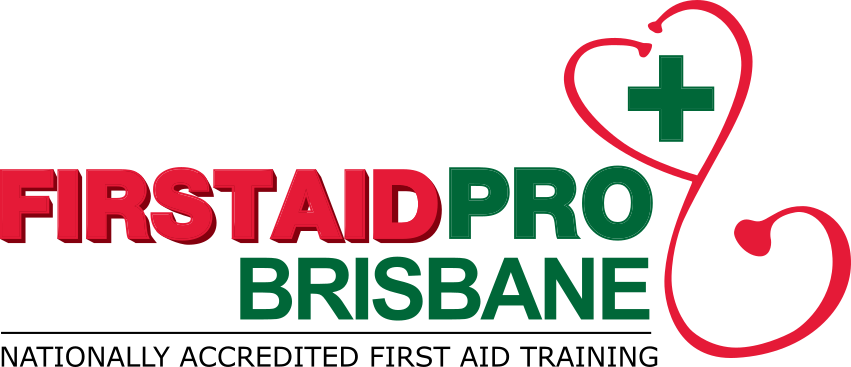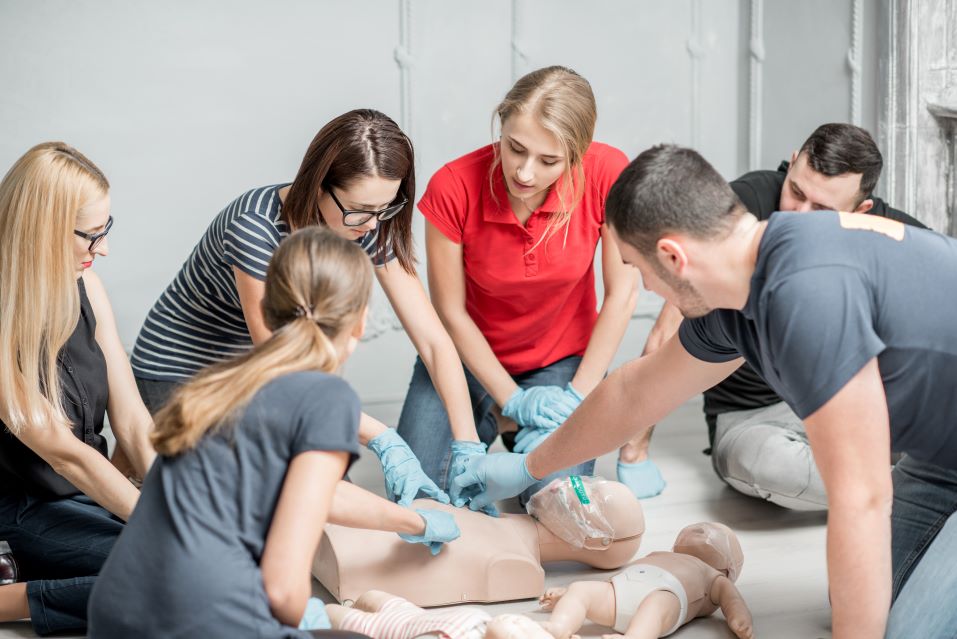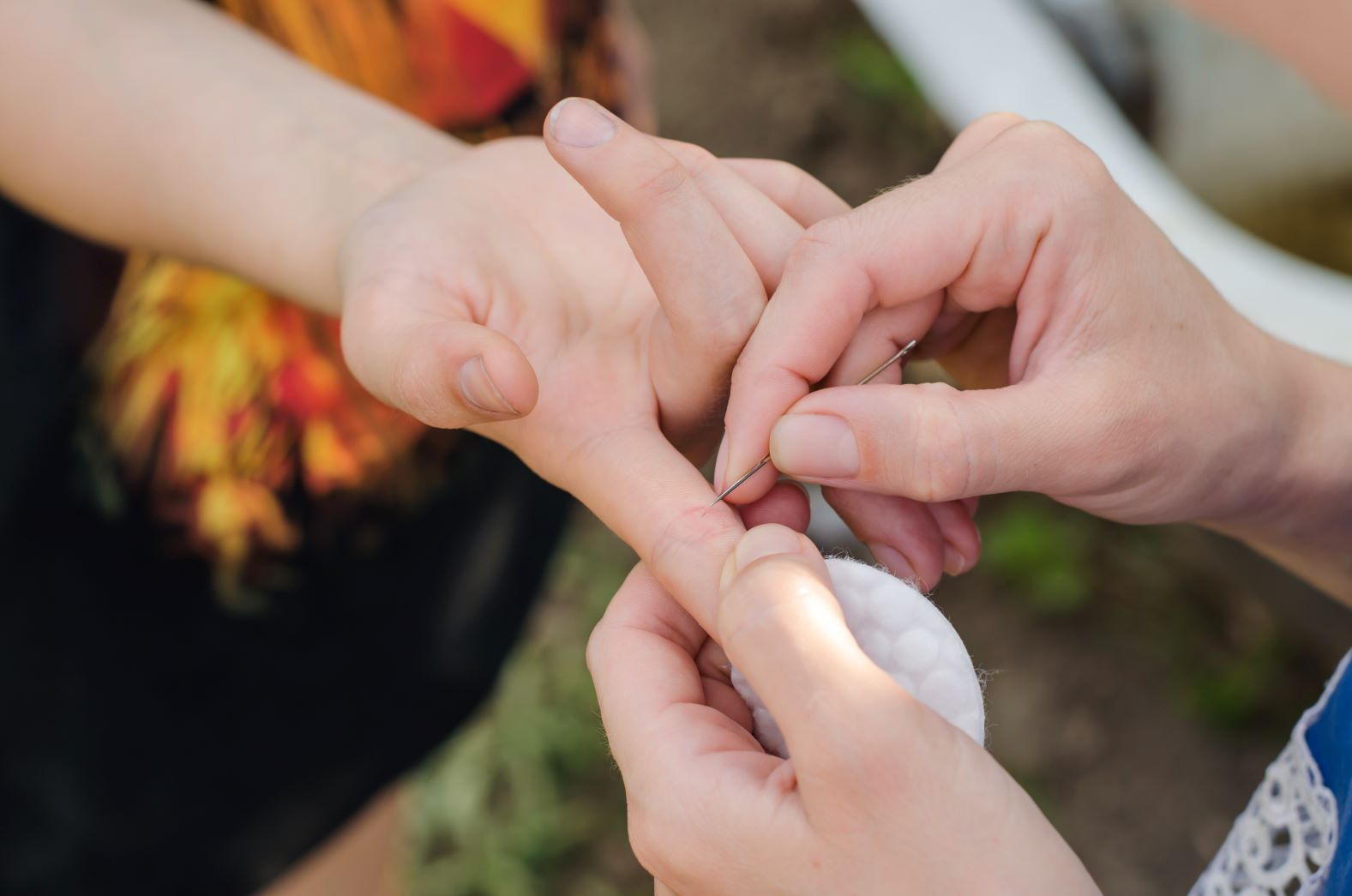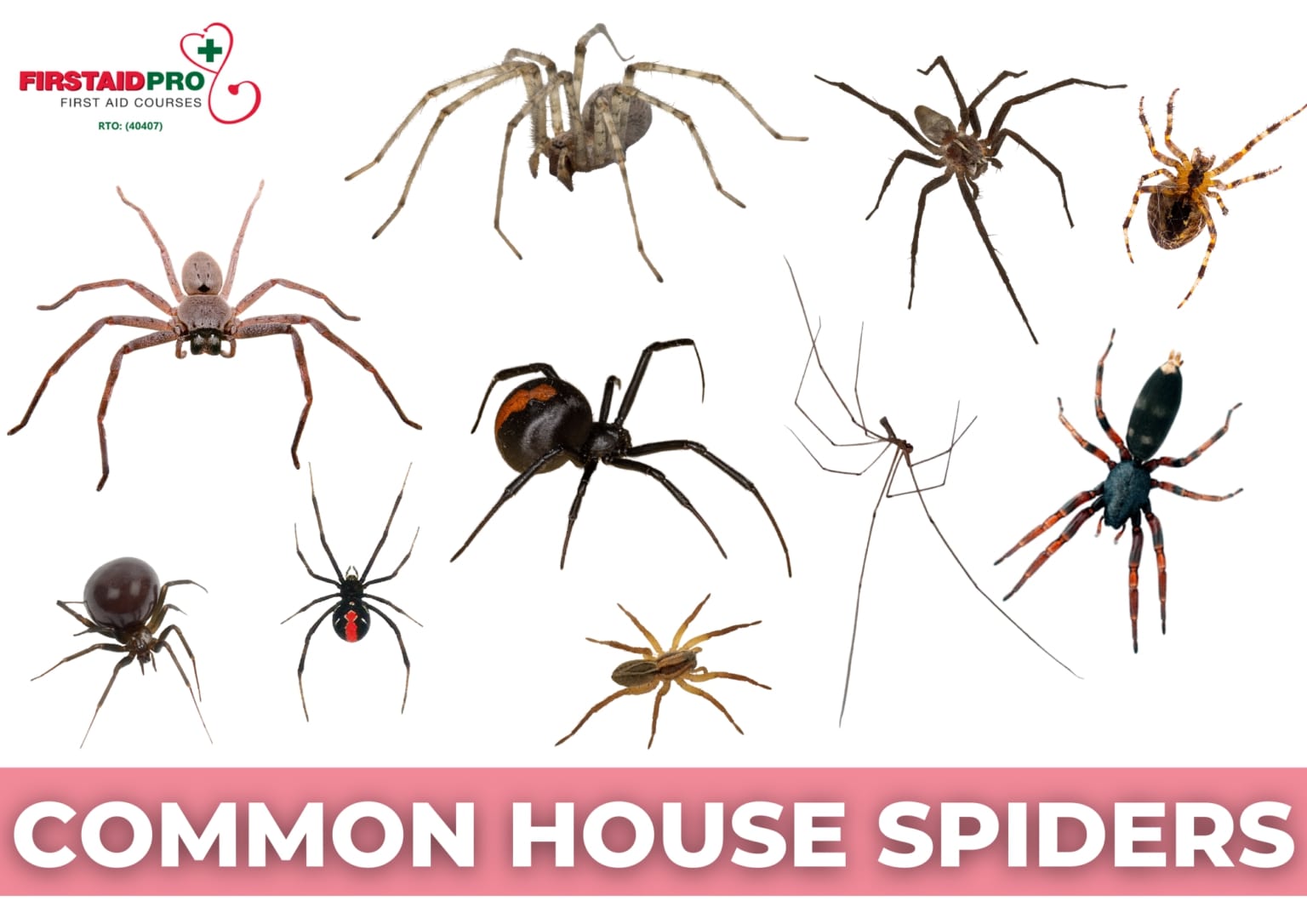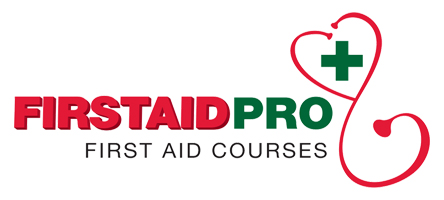The common cold is one of the most common illnesses in children, leading to missed days from school and more visits to health providers.
It is a highly contagious viral infection of the upper respiratory tract that can affect children six to eight times every year. To catch a cold, the child must come in contact with another person who is infected with a virus infection.
All children are at risk for the common cold, which is why it is important to relieve its symptoms before it develops into something worse.
What Causes A Common Cold?
A common cold occurs after a virus cause irritation on the lining of the child’s nose and throat. It can originate from more than 200 different viruses, but the most common ones are caused by rhinoviruses.
The cold virus can spread in two ways: through the air and direct contact.
A person with cold who sneezes or coughs can release a small amount of virus that will circulate into the air. Once the child breathes that in, the virus will tend to stick to the nasal membrane, and symptoms will appear shortly.
Most respiratory illnesses (including colds) occur in the fall and winter seasons. It is when the child spends more of their time indoors and the humidity drops, which brings out the possibility of more germs around. It is also when the nasal passages become drier, putting children at greater risk of infection.
Common colds can also easily spread in school or daycare, where children are often in close contact.
What Are The Signs & Symptoms Of A Cold?
The cold symptoms will typically start one to three days after the child has been exposed to the virus. It often lasts for a week, but some may extend up to two weeks.
The symptoms may be different for every age range. For babies, common signs may include:
- Extreme fussiness
- Trouble sleeping
- Nose congestion
- Vomiting and diarrhoea
- Fever
While other older children may experience:
- Stuffy or runny nose
- Scratchy, sore throat
- Watery eyes
- Sneezing
- Mild cough
- Congestion
- Muscle aches
- Low-grade fever accompanied by headaches
- Chills
- Watery discharge from the nose
- General weakness (fatigue)
It is best to consult a doctor for proper diagnosis once a child experience three or more of these symptoms.
Treatment For Colds Or Flu
The good news is that there are several things to do that can help lower a child’s fever and control cold symptoms. These include:
Get Enough Rest
Getting adequate rest and sleep are the two most essential things to do once a child suffers from the common cold. Encourage them to relax and skip school for the time being until they fully recover.
Use Of Medication
Prescription anti-cold medicines help with fever, allowing the child to relieve pain. While there is no specific treatment for colds, using the medication can manage symptoms and find relief.
Watch Doses
For aches, pain, and other symptoms that comes with the disease, give acetaminophen (Tylenol) rather than aspirin or naproxen. While it is okay to give a child this medication, it is important to provide the correct doses.
Apply Cool Cloth
Notice if the child’s skin feels hot. If yes, use a cool washcloth and place it on the forehead to provide some comfort. Avoid getting them into an ice bath, as this can only put them in discomfort.
Drink Plenty Of Liquids
Give the child variety of beverages aside from water, such as drinks containing electrolytes, to avoid dehydration.
When To Call The Doctor About A Fever?
Many parents and caregivers are unsure when to call a paediatrician once a child’s temperature rises.
When high fevers are involved, or you are beginning to have concerns, it is worth a call to check in with the doctor. They can suggest a better treatment and reassurance, especially for parents calling in the middle of the night.
The doctor will then try to figure out the cause of flu, which is mostly a common cold or viral infection (such as strep throat, ear infection, etc.).
If the fever and other symptoms last for more than five days, it is time to see a doctor. Also, if the baby is younger than two months and has a fever, see a paediatrician immediately.
Get Trained
Learn first aid for a baby or child with fever and common colds.
